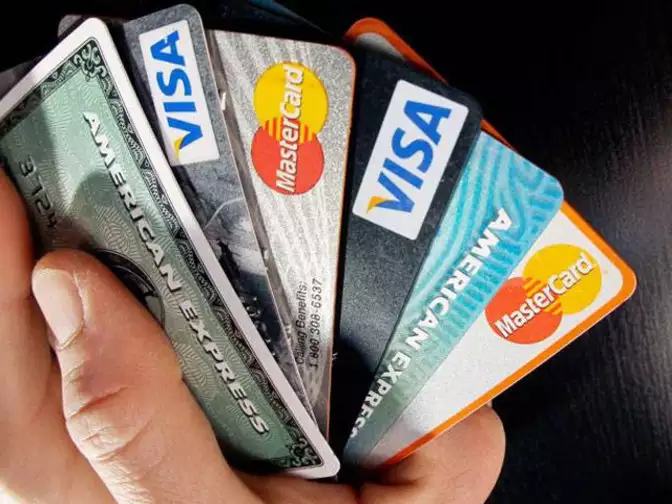In the United States, debit cards are ubiquitous, serving as essential financial tools for millions of Americans. Understanding how these cards function and their associated benefits is crucial for anyone navigating the American financial landscape.
In this comprehensive guide, we’ll delve into the intricacies of debit cards in the USA, exploring their mechanics, advantages, and practical applications.
Understanding Debit Cards

Debit cards in the USA function on a straightforward principle, serving as a convenient tool for individuals to access their funds directly from their checking accounts, enabling them to make purchases or withdraw cash seamlessly.
Unlike credit cards, which essentially provide a temporary loan or line of credit to the cardholder, debit cards operate by facilitating transactions using the cardholder’s own funds. This fundamental difference is pivotal, as it means that every transaction made with a debit card directly deducts the purchase amount from the linked checking account.
This mechanism ensures immediate and real-time access to funds, without the burden of accumulating debt or interest charges that are typically associated with credit card usage.
Furthermore, the utilization of debit cards promotes responsible spending habits, as individuals are essentially limited to spending only the funds available in their checking accounts.
This can serve as a helpful deterrent against overspending and accumulating debt beyond one’s means. Moreover, the direct deduction of funds from the checking account offers users a clear and transparent view of their financial transactions in real-time, aiding in better budget management and financial planning.
Mechanics of Debit Card transactions
Debit card transactions in the USA typically involve several parties: the cardholder, the merchant, the issuing bank, and the card network. When a cardholder swipes, inserts, or taps their debit card at a point-of-sale terminal, the transaction initiates a series of electronic exchanges.
First, the merchant’s payment processor communicates with the card network (such as Visa or Mastercard) to authorize the transaction. The card network then forwards the authorization request to the issuing bank to verify the availability of funds and approve the purchase.
Once approved, the funds are transferred from the cardholder’s checking account to the merchant’s account, completing the transaction.
Advantages of Debit Cards in the USA
Debit cards offer numerous advantages for consumers, making them a popular choice for everyday transactions:
Convenience
One of the primary benefits of debit cards is their convenience. With a debit card in hand, users can make purchases in-store, online, or over the phone with ease. The widespread acceptance of debit cards means they can be used at millions of merchants across the country, from small businesses to major retailers.
Budgeting and control
Debit cards provide a practical tool for budgeting and financial management. Since transactions are directly linked to the user’s checking account, it’s easy to track spending in real-time.
Many banks offer online and mobile banking services that allow users to monitor their account activity, set spending limits, and receive alerts for suspicious or unusual transactions. By staying informed about their finances, users can maintain better control over their spending habits.
Avoidance of debt and interest charges
Unlike credit cards, which may incur interest charges on unpaid balances, debit cards allow users to spend only the funds available in their checking accounts. This feature helps individuals avoid accumulating debt and interest charges, making debit cards an attractive option for those seeking to manage their finances responsibly.
Security
Debit cards offer enhanced security features to protect against unauthorized transactions and fraud. Many cards come with built-in chip technology (EMV) and require a personal identification number (PIN) for in-person transactions, adding an extra layer of authentication.
Additionally, cardholders are typically protected by zero-liability policies, which safeguard them against fraudulent charges if their card is lost or stolen, as long as they report the incident promptly.
Conclusion
Debit cards play a central role in the American financial landscape, offering a convenient, secure, and efficient means of accessing funds and making purchases. Understanding how these cards work and their associated benefits is essential for anyone navigating the complexities of personal finance in the USA.
By leveraging the advantages of debit cards, individuals can manage their finances effectively and make the most of their financial resources. Whether it’s tracking expenses, staying within budget, or enjoying the convenience of cashless transactions, debit cards empower consumers to take control of their financial lives.






